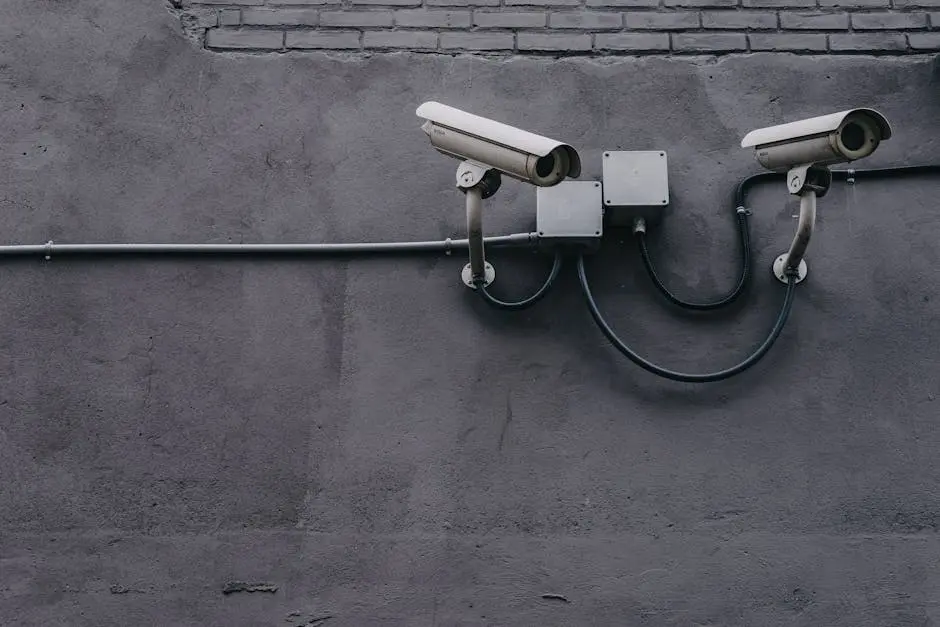Simplifying Endpoint Detection and Response: What You Need to Know
In today's digitally driven world, safeguarding your business's data is non-negotiable. But with cyber threats evolving at an alarming rate, understanding and implementing advanced security measures like Endpoint Detection and Response (EDR) can seem daunting. Fear not; we're here to break it down for you, in simple, easy-to-grasp terms. Let's dive into what EDR is, why it's crucial for your business, and how you can simplify its deployment to ensure your organization's safety.
Understanding Endpoint Detection and Response (EDR)
Endpoint Detection and Response (EDR) is like the vigilant security guard of your network, tirelessly looking out for signs of trouble. It's a powerhouse technology designed to monitor endpoints - that's tech speak for devices like laptops, smartphones, and servers - for suspicious activities, and respond to threats when they're detected. Think of it as your digital watchdog, barking at potential burglars before they can sneak through the window.
Not too long ago, traditional antivirus software was enough to keep cyber boogeymen at bay. But in our constantly connected world, threats have become more sophisticated. This shift necessitates a move towards solutions like EDR, which not only hunts for known viruses but also uses advanced analytics to identify behaviors and patterns that could indicate a breach. In a nutshell, it's like having Sherlock Holmes inspect every corner of your digital estate, looking for clues that something amiss might be afoot.
Why EDR is Essential for Modern Businesses
In the present digital era, where data breaches are more a question of 'when' than 'if,' the importance of EDR cannot be overstated. Cybercriminals are becoming increasingly cunning, using sophisticated methods to infiltrate networks. For modern businesses, this evolving threat landscape means that endpoint security is not just a good-to-have; it's a must-have. EDR stands at the forefront of this battle, offering the tools to detect, analyze, and respond to threats before they can cause harm.
Key Features of an Effective EDR Solution
Truly effective EDR solutions boast a range of features designed to keep your data safe. Real-time monitoring and automated response capabilities are at the heart of EDR, providing the eyes and reflexes needed to watch over your network 24/7. Additionally, analyzation tools dive deep into data to unearth potential threats, while integration capabilities allow EDR systems to work seamlessly with other security tools in your arsenal. It's this multifaceted approach that makes EDR an indispensable asset in modern cybersecurity defense.
How to Simplify the Implementation of EDR
Implementing EDR doesn't have to be a daunting task. Start by choosing an EDR solution that meshes well with your existing IT infrastructure to avoid any unnecessary complexity. Training your team on the ins and outs of the system is also key; after all, even the most sophisticated tool is only as effective as the people operating it. Lastly, consider partnering with a cybersecurity expert who can guide you through the setup process, ensuring that your EDR is configured to offer the best protection possible.
Real-World Examples of EDR in Action
Imagine a scenario where an employee accidentally downloads a malicious file, thinking it's a legitimate update. With an effective EDR solution in place, the system immediately identifies the anomaly, isolates the affected endpoint, and prevents the malware from spreading. This swift action converts what could have been a catastrophic data breach into a minor security incident. It's real-world successes like these that underscore the value of EDR in today's digital landscape.
Choosing the Right EDR Solution for Your Business
Selecting the right EDR solution can feel like navigating a maze. It's crucial to consider your organization's specific needs and capabilities. Factors such as the size of your network, the nature of your data, and the skills of your IT team all play a role in identifying the ideal EDR system. Don't shy away from reaching out to vendors for demos and trials. This hands-on experience can be invaluable in making an informed decision that will safeguard your business in the long term.
Best Practices for Monitoring and Managing EDR
Successful EDR management hinges on constant vigilance. Regularly updating your EDR software ensures you're protected against the latest threats. Training your team to recognize signs of a security incident can also greatly improve your defense capability. Additionally, regularly reviewing EDR alerts allows you to fine-tune your system, minimizing false positives and ensuring that real threats are identified and addressed swiftly. By adopting these best practices, you ensure that your EDR system remains a robust defender of your digital domain.
Wrapping Up: Simplify, Secure, Succeed
Navigating the complexities of Endpoint Detection and Response doesn't have to feel like deciphering a foreign language. With the right approach and understanding, EDR can become a cornerstone of your cybersecurity strategy. It's all about recognizing its significance, dedicating resources to proper implementation, and continuously monitoring for threats. Remember, in the digital age, being prepared is halfway to being safe. Start simplifying your EDR process today, and give your business the protection it deserves.

